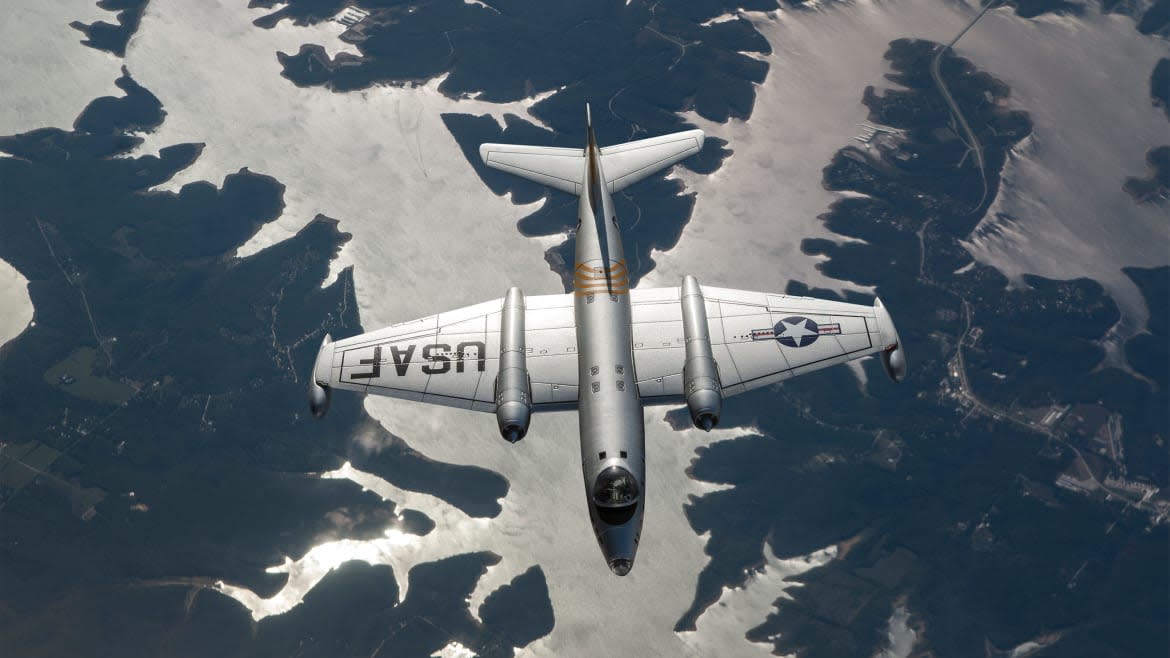9 Reasons to Thank the USSR: How We Got the Cold War Wrong

Thirty years ago, one of the most historic DIY projects of all time took place. Berliners took apart the wall that had cut their city in half. Thus began the beginning of the end of the Cold War.
It was a conflict suffused with fear, paranoia, and a whole lot of lies. This means much of what many of us learned in school about the struggle between the U.S. and USSR was very, very wrong.
Here’s the first buried truth. We fired the first shot. Harry Truman rushed to drop the atom bomb to end the war in Japan to prevent the Soviets from joining the battle in the Pacific. Joseph Stalin got the message. The nuclear arms race was underway.
But our enemy, the so-called evil empire, was really a figment of our fevered imaginations. In fact, the people running the Kremlin were frightened frauds running a fundamentally dysfunctional state forever on the verge of collapse.
Given this asymmetry, the Cold War rivalry was actually a mind-boggling waste of money and lives to wage an inherently lopsided contest with a preordained outcome.
How the Fall of the Berlin Wall Radicalized Putin
American schoolchildren were fed a one-sided view of World War II, capped by the conclusion that our superlative industry and unsurpassed genius were the deciding factors in defeating Nazi Germany and Imperial Japan. What would the Cold War have been like if, during history class, American kids learned that the world forever owed a debt of gratitude to Soviet forces and Soviet citizens? Their remarkable resilience saved democracy as much as did George Patton and Iwo Jima.
Here are nine reasons why we should’ve thanked the Russians after World War II instead of engaging them in a decades-long Cold War:
#1: STUNNING SACRIFICE: On the Eastern front, the Red Army suffered more combat deaths at Stalingrad alone than the U.S. armed forces accumulated during the entirety of World War II.
#2: WHAT BOMB: The fight against Japan didn’t conclude only because of America’s atomic attacks. In deciding how soon to surrender, Hirohito and his war cabinet appear to have been more frightened of Stalin’s 11th-hour invasion than of Curtis LeMay’s attempt to bomb the country back to the Stone Age.
#3: UPPER VOLTA WITH ROCKETS: Throughout the Cold War, the Soviet Union struggled to meet the basic requirements of food and shelter. For example, the USSR’s desperate housing shortage could have been ameliorated with taller structures, but the country didn’t possess sufficient raw materials to supply elevators for apartments above five stories.
#4: CHARMING BETRAYAL: The most effective spy cell the Soviets ever had was made up of aristocratic Englishmen schooled at Cambridge. Additionally, multiple physicists working for Britain on the Manhattan Project were Soviet moles and they provided Stalin’s scientists with the blueprints of the atomic bomb even before it was used on Japan. In short, the greatest threat to U.S. national security during the early part of the Cold War may have been our closest ally.
#5: THE REAL MENACE: Joseph McCarthy barely believed a word he said and found zero communists in government roles.
#6: FLAWED GAMESMANSHIP: The domino theory was used first by Dwight Eisenhower to argue that if communist forces in Vietnam succeeded, the contagion of Kremlin-supported regimes could spread to Japan, New Zealand, and Australia. This was a fallacy. Virtually all revolutions during the Cold War were homegrown and, in general, waged to overthrow colonial masters—of all ideologies.
#7: FAKE NEWS: Overall, the U.S. never fell behind the Soviet Union in the development of nuclear weaponry—there was never a bomber gap or a missile gap. The United States developed the first intercontinental nuclear bomber, tested the first hydrogen bomb, launched the first nuclear submarine, introduced the first tactical nuclear weapons, and created the first solid-fuel intercontinental ballistic missile.
#8: PROLONGED BLOWBACK: In 1977, the Carter administration began a covert CIA program to destabilize the Soviet Union by encouraging ethnic violence and radical Islam in Afghanistan, Soviet Georgia, Azerbaijan, and Chechnya. When the Soviets sent 100,000 troops into Afghanistan on December 27, 1979, the U.S. commitment to the anti-Soviet mujahideen surged. This massive, multi-billion-dollar covert operation ended up hatching global jihad.
#9: CAUTIONARY TALE: Finally, turning the Soviets into enemies after World War II—instead of thanking them—almost killed us all. Multiple national security experts have asserted that sheer luck is the best explanation for why the Cold War did not conclude with a charred and lifeless planet.
Brian T. Brown is the author of Someone Is Out to Get Us: A Not So Brief History of Cold War Paranoia and Madness, published November 5 by Twelve.

Get our top stories in your inbox every day. Sign up now!
Daily Beast Membership: Beast Inside goes deeper on the stories that matter to you. Learn more.

